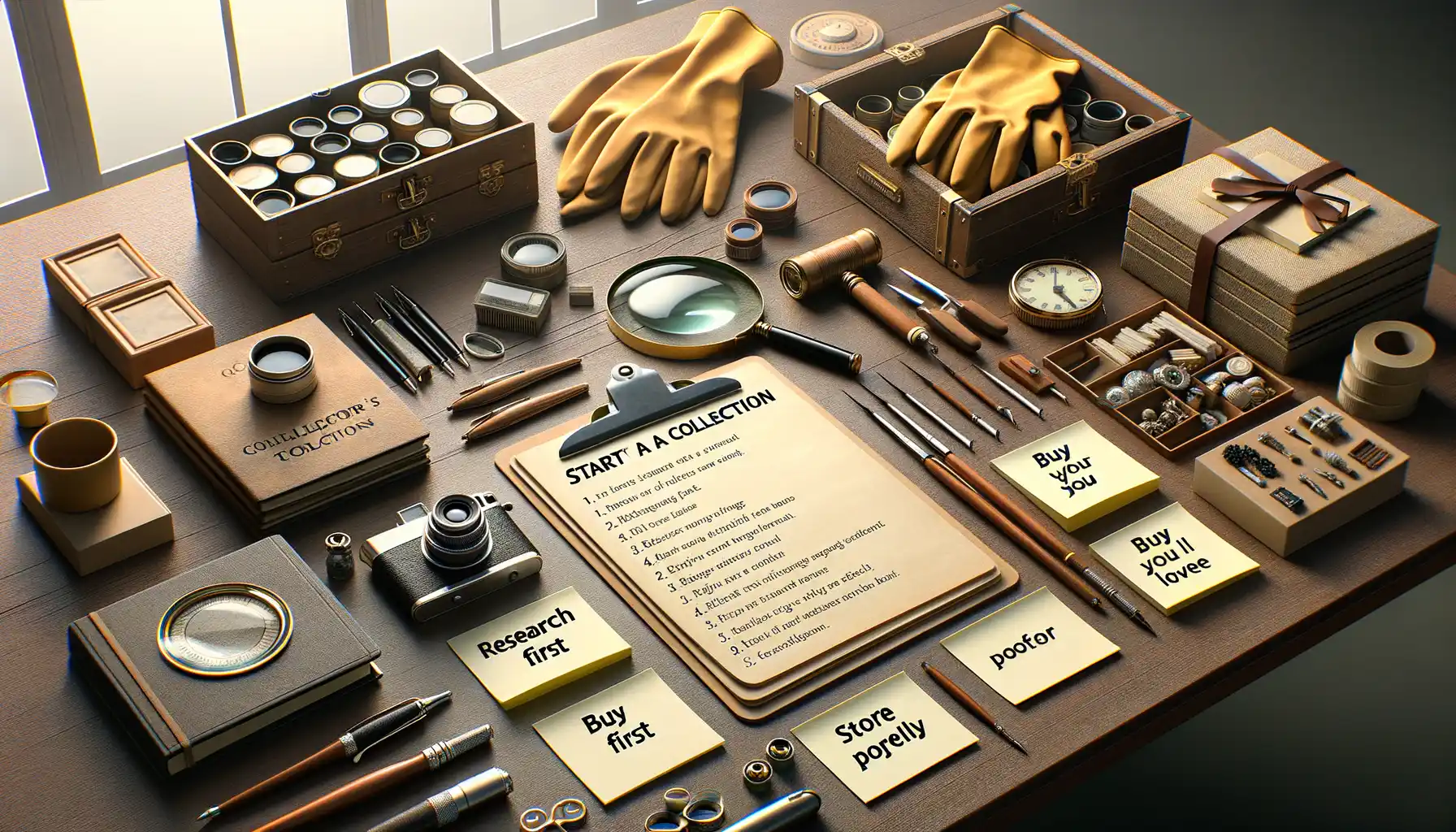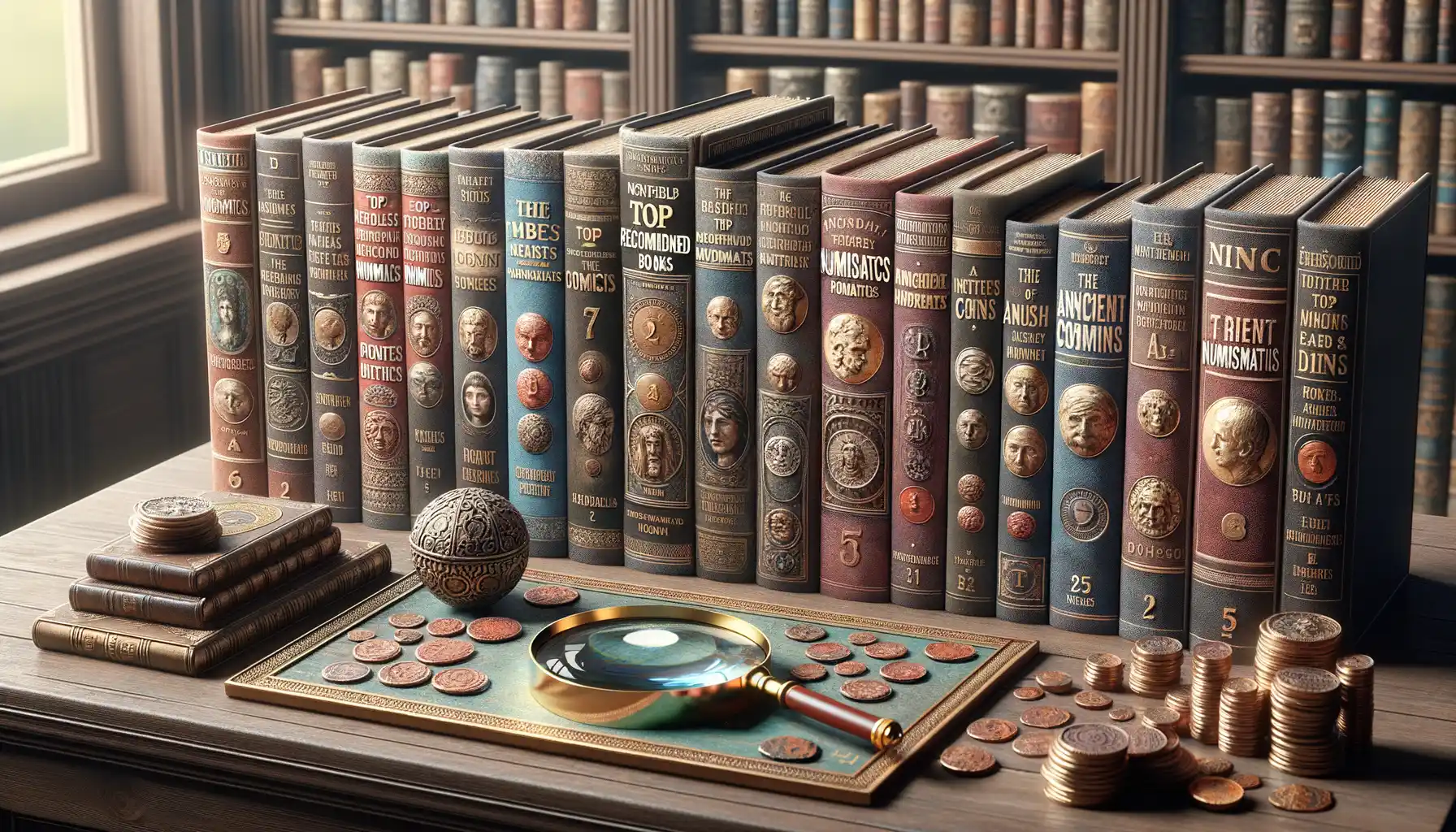Key Features to Look for in Coin Microscopes
Magnification Power That Brings Hidden Details to Light
When it comes to coin microscopes, the first thing you’ll want to consider is their magnification range. Coins hold a treasure trove of tiny secrets—minute engravings, die varieties, even mysterious minting errors that are invisible to the naked eye. A good microscope should have a magnification level of at least 20x to 40x, with some going up to an impressive 200x or more. But don’t be fooled into thinking “higher is always better.” Too much magnification without clear resolution often leads to frustration instead of clarity. Strike the perfect balance for your collecting passion!
Lighting and Display: Your Best Allies
Lighting can make or break your experience when analyzing coins. The truth is, natural light isn’t always on your side! Look for a microscope with adjustable LED lighting to properly illuminate both recessed areas and raised details. Some models also come equipped with a polarizing filter to eliminate glare—a must-have if you’re dealing with polished or reflective coins.
Other features that collectors love include:
- LCD screens for viewing without squinting through eyepieces.
- USB connectivity so you can snap photos of your findings or share them instantly online.
With the right tools, every coin becomes its own miniature universe waiting to be explored!
Best Microscope Models for Coin Collecting
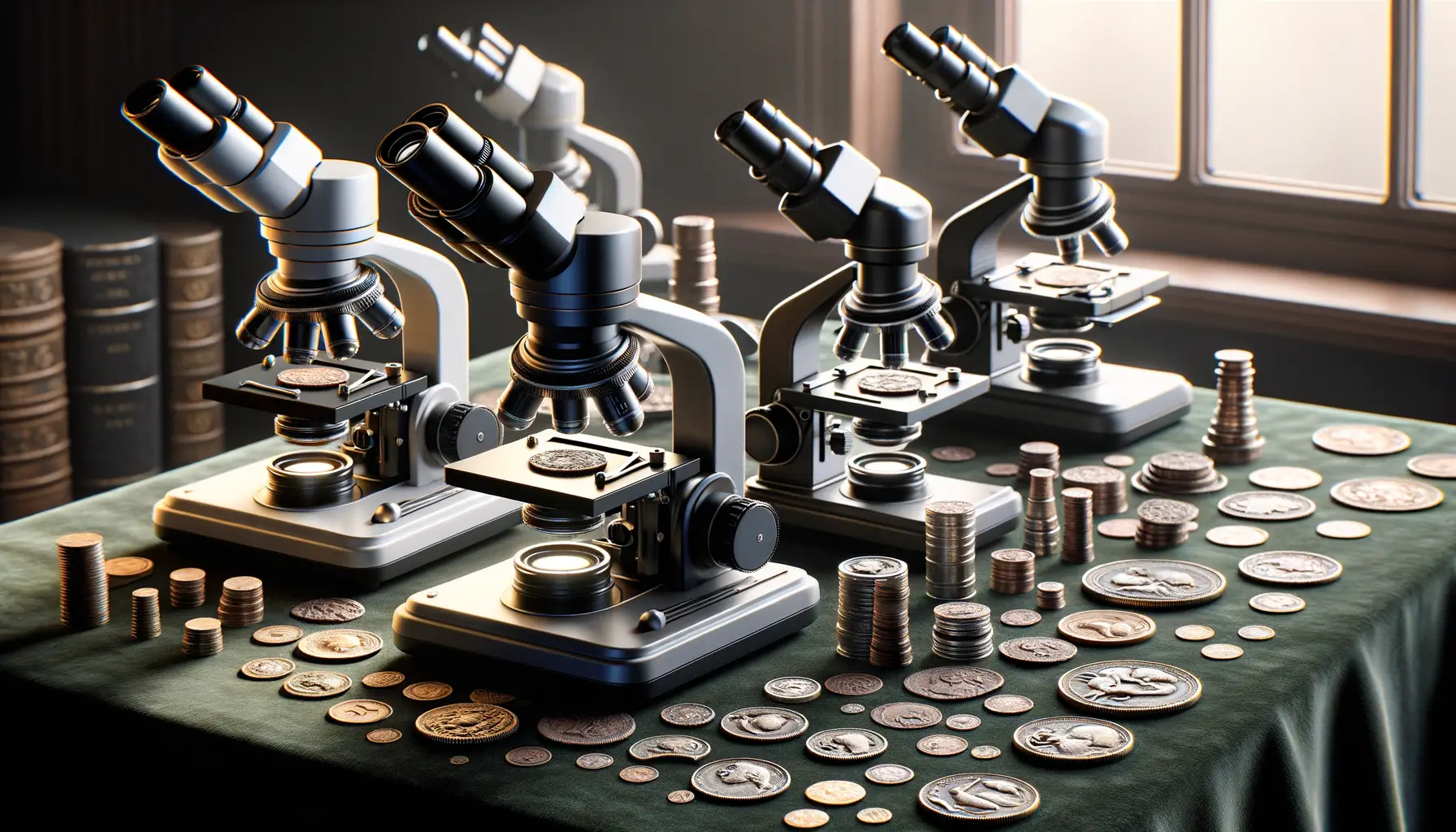
Zooming In: Microscope Picks That Coin Collectors Swear By
If you’ve ever found yourself squinting at a coin, hoping to catch a glimpse of that faint mint mark or elusive doubling on its surface, you’re in for a treat. A reliable microscope can transform your collecting game—bringing every ridge, letter, and scratch into crystal-clear focus. Let me introduce you to some collector favorites that just might become your next obsession.
- AmScope SE400-Z: This sturdy little gem offers precision without breaking the bank. Its adjustable boom arm and sharp optics make studying coins effortless, whether you’re examining fine details on a 1909 VDB Lincoln penny or dissecting the patina of an ancient Roman denarius.
- Celestron Digital Microscope Pro: Perfect for tech-savvy treasure hunters, this one connects to your PC so you can analyze and catalog photos of your prized Morgans and wheat pennies.
- Dino-Lite USB Microscope: Compact and portable, this is your go-to gadget for shows or auctions where a quick yet detailed glance can mean the difference between a win and a regret.
Why These Picks Shine Bright in the Numismatic World
When it comes to coin microscopes, it’s not just about magnification—it’s about clarity, user-friendliness, and features tailored specifically to collectors. For example, the AmScope SE400-Z‘s ergonomic design means long hours of examining won’t leave you hunched over like Quasimodo. Meanwhile, the Dino-Lite wins points for portability, slipping into a case as easily as your favorite rare coin.
Each of these models offers something special. Want to discover the hidden errors on a proof set? Choose one with high-res imaging. Need ultimate flexibility for odd-sized coins? Pick one with an adjustable stand. With these microscopes, the details you’re searching for are finally within reach—literally magnified!
Using a Microscope to Enhance Coin Analysis
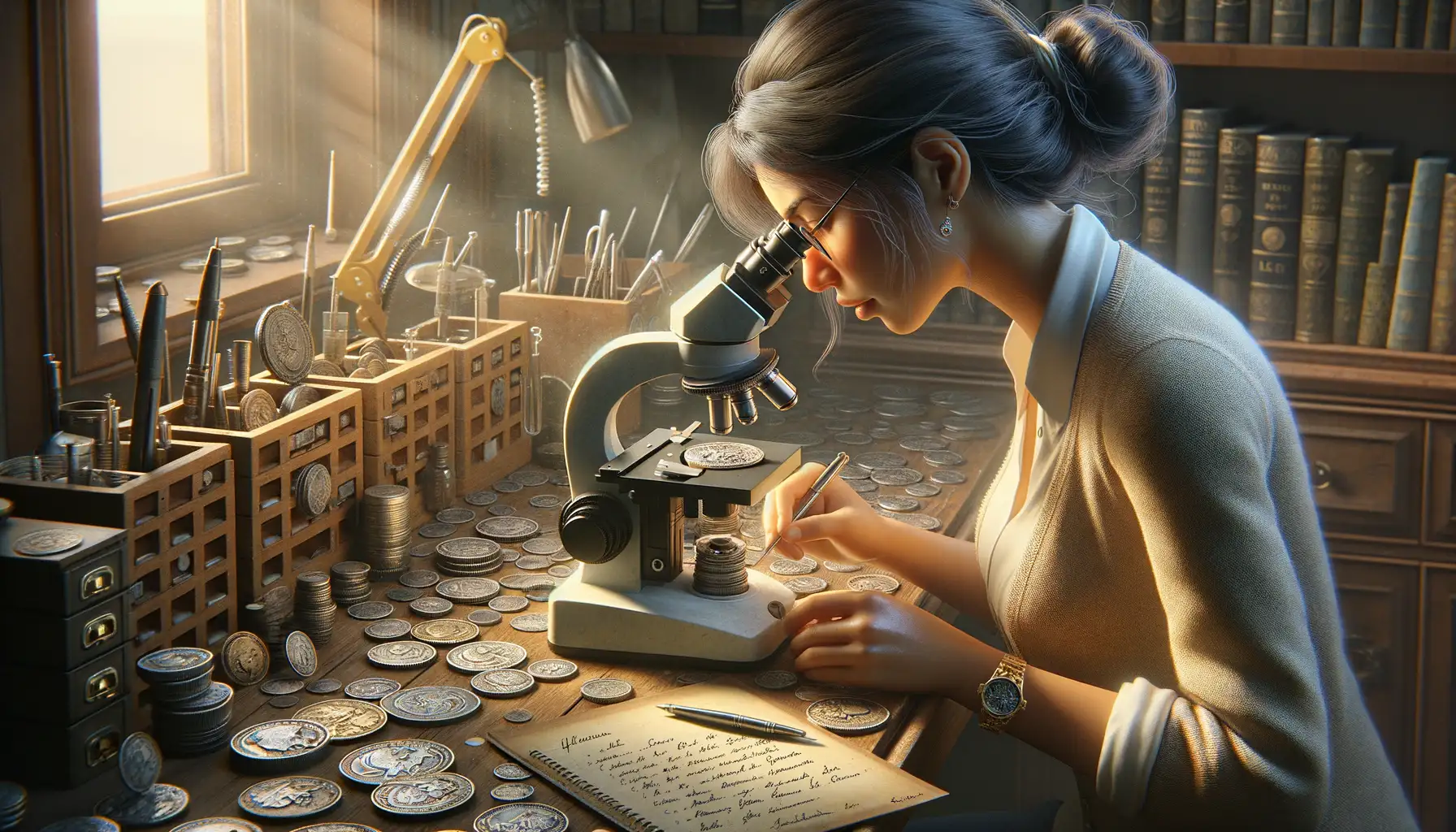
Discovering the Hidden World on Your Coins
Are you ready to see your coins like never before? A microscope transforms coin analysis into an unforgettable treasure hunt. What may seem like a regular penny to the naked eye could reveal fascinating details under magnification—tiny mint errors, delicate engravings, or even wear patterns that whisper stories of its journey. It’s like unlocking a secret world that exists in plain sight.
Imagine peering at your treasured 1889 Morgan Silver Dollar and spotting a double die or subtle scratches previously invisible. Suddenly, your collection isn’t just a set of coins—it’s a collection of untold histories. With a microscope, you join the ranks of passionate numismatists who thrive on these revelations.
Features That Make Microscope Analysis Magical
When you start analyzing coins with a microscope, pay attention to:
- Surface details: Identify rare minting errors that add value.
- Patina and toning: Study how age has transformed your coin’s colors.
- Engraving accuracy: Spot design inconsistencies tied to different mints.
A great microscope gives you the power to explore every ridge, strike, and imperfection. And trust me—once you start, you won’t want to stop. It’s addictive!
Tips on Choosing the Right Microscope for Your Needs
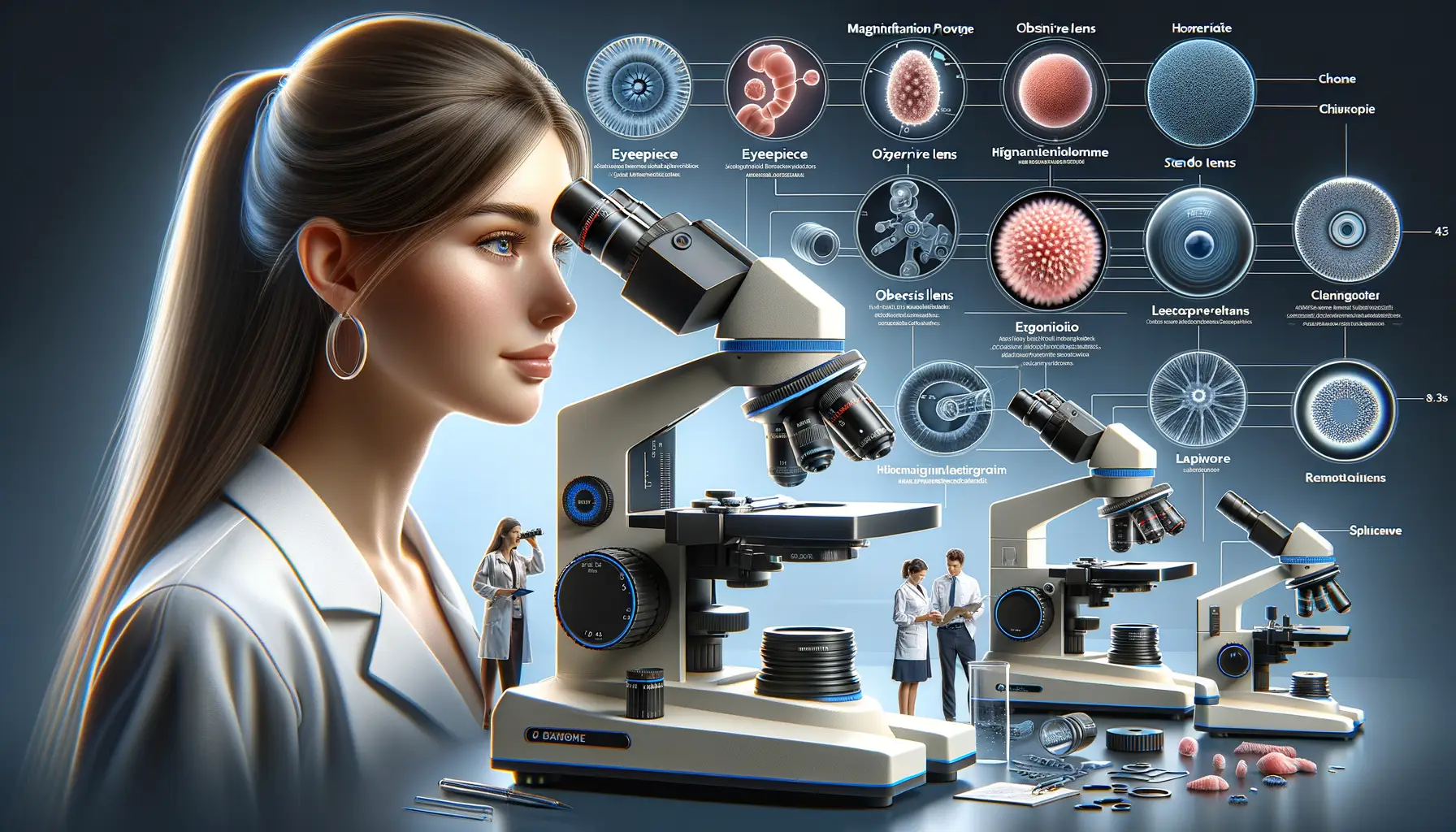
Understand Your Coin Collecting Needs First
Choosing the perfect microscope is like finding the right pair of shoes—it needs to fit just right. Are you a weekend hobbyist who loves inspecting rare pennies at home? Or maybe a professional trader hunting for minute minting errors? Before diving in, take a moment to identify your specific goals. For occasional use, a simple, portable digital microscope might do the trick. But if you’re chasing tiny imperfections or researching coins’ intricate history, you’ll likely want something with higher magnification and precision.
Magnification, Lighting, and Portability—Oh My!
When shopping for a microscope, focus on three key areas that can make or break your experience:
- Magnification: Look for a scope offering at least 20x to 80x magnification. This range works beautifully for spotting delicate die cracks and doubling.
- Lighting: Coins love good lighting! Seek models with built-in LED lights—they’re a lifesaver when studying fine coin details under poorly lit conditions.
- Portability: If you attend coin shows or auctions, consider lightweight, USB-powered microscopes. They’re travel-friendly and easy to set up anywhere.
Remember, the right microscope isn’t just a tool—it’s your gateway to uncovering hidden stories etched in metal. Choose wisely, and let your coins shine!
Maintaining and Caring for Your Coin Microscope
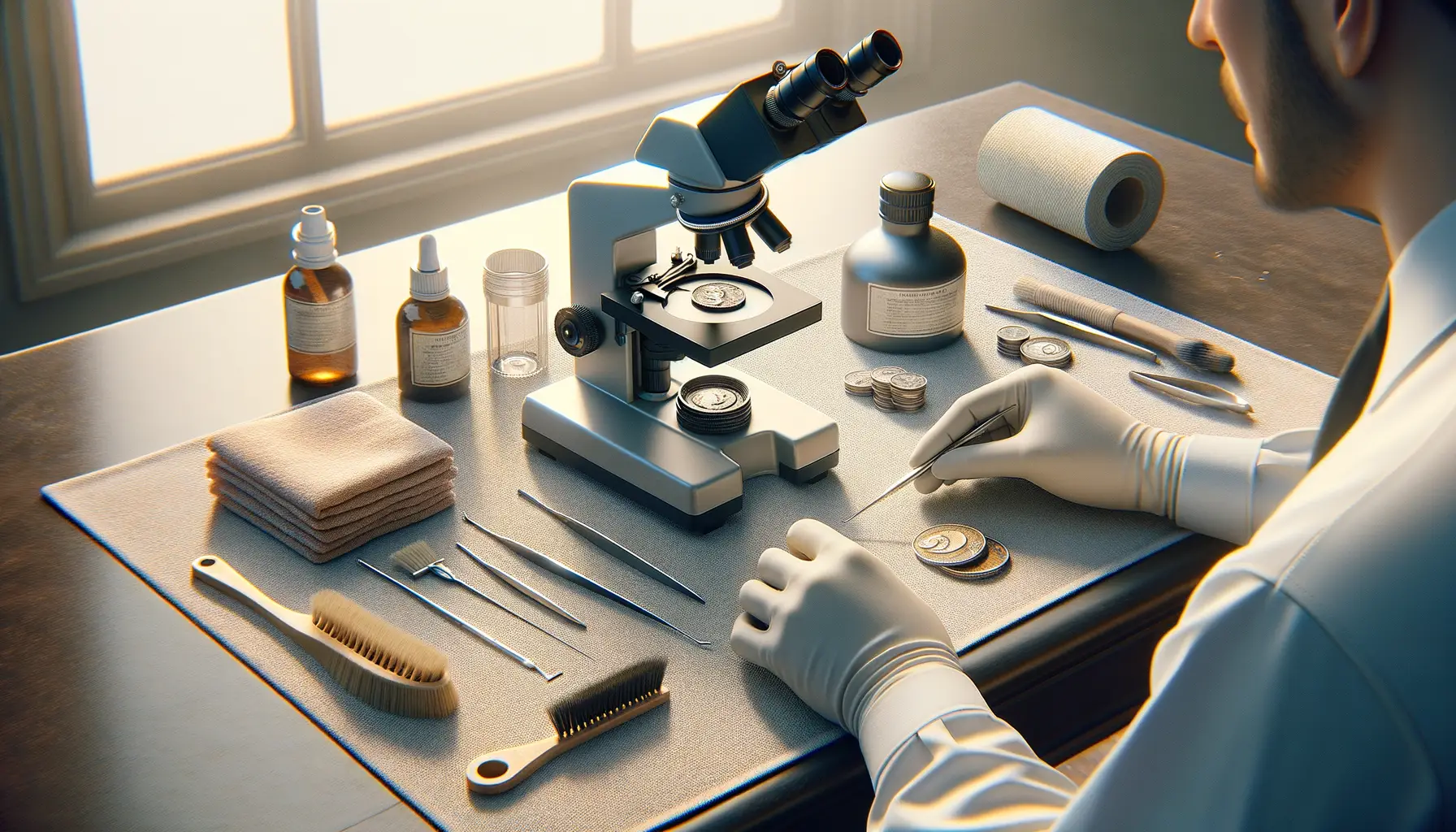
Preserving Your Trusted Coin Investigation Partner
Your coin microscope isn’t just a tool; it’s your trusted partner in unearthing the hidden narratives etched into every coin. Like any loyal companion, it thrives with a little TLC to ensure its brilliance doesn’t fade over time.
Start by keeping the lenses spotless – they’re the very eyes of your scope! Dust and smudges can cloud those intricate details you’re searching for. Use a soft microfiber cloth and, if necessary, a dab of lens cleaner. Avoid paper towels or household tissue; trust me, they’re like sandpaper in disguise.
If your microscope comes with a detachable stage or plate, clean it regularly. Coins leave behind more than stories—they sometimes leave fingerprints, residues, or even tiny metal flakes.
- Dust-proof storage: Keep your microscope covered when not in use to prevent particles from sneaking in.
- Gentle adjustments: Those knobs and settings? Treat them kindly. Forcing them could throw off alignment.
- No liquids near your treasure-hunting buddy: A spill can wreak havoc on electronics.
When to Call for Backup
Even the finest microscopes occasionally need professional help. If you notice flickering LED lights, blurry visuals despite cleaning, or strange mechanical sounds, don’t hesitate to consult the manufacturer or a repair specialist. After all, maintaining that razor-sharp focus on your coins is worth every effort!


